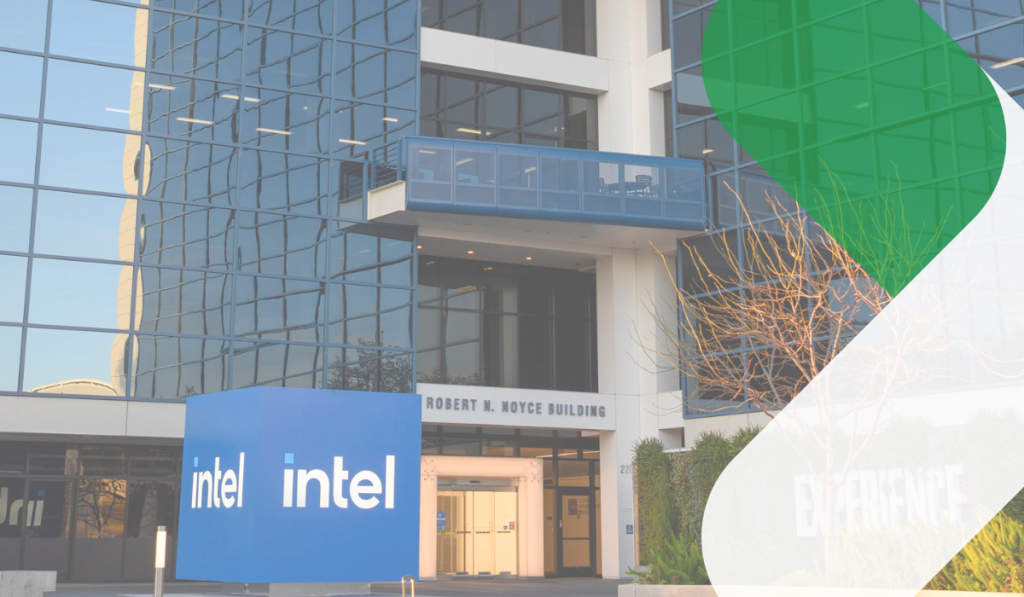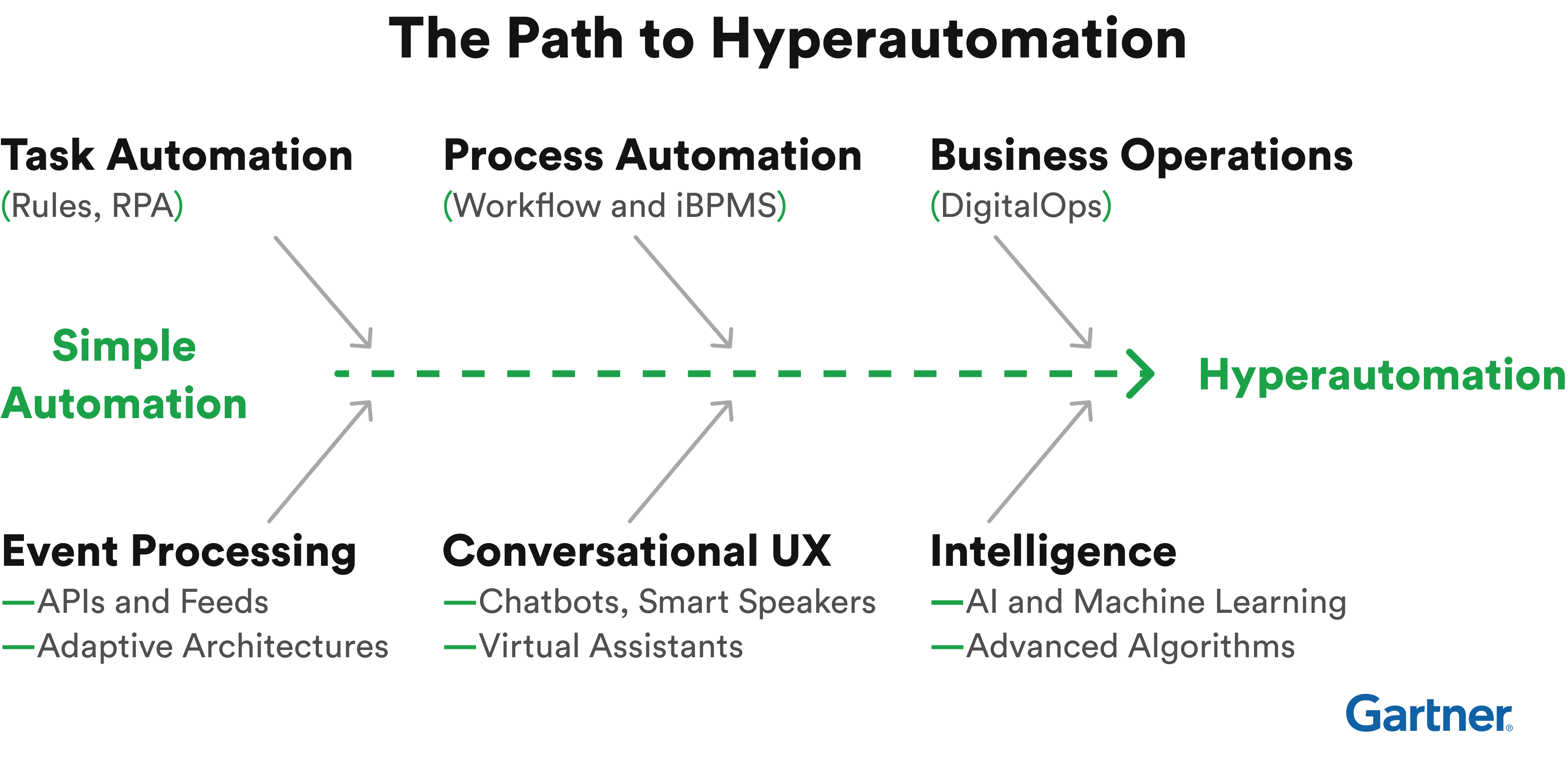Mass-Market Robotics Process Automation (RPA)
We can use RPA technology to design software robots that replace a human’s interaction with a software or digital entity. It’s a logical and common step in a business’s digital transformation. Recent trends have seen these increasingly popular RPAs being packaged and sold as mass-market products.
RPA developers and engineers trust that there is significant demand for these off-the-shelf products and are starting to make that a substantial part of their business model. Businesses should keep a keen eye on this trend and strategize around it for significant benefits like higher productivity, getting quality analytics, improved customer service, and economical operations.
The commodification of RPAs and the fact we can easily integrate them into existing systems can help businesses scale their operations faster, cost-effectively, and more efficiently. However, automating certain aspects of a company can often still require more intricate and personal design and more robust tools than off-the-shelf RPA products can offer.
However, businesses have numerous smaller, simpler, and equally important tasks they can quickly delegate to RPAs. This would leave room in a business’s budget and time to focus on the operation and/or automation of more complex systems.
Going beyond how RPA products can transform a business at a macro level, the same products can also empower each individual within the institution in their daily activities. Individuals can now use RPA products with the same level of familiarity and ease offered by the most basic and standard office suite software.
Hyperautomation Will Help the Workforce
Yes, you read that right. The most dominant narratives have predicted that artificial intelligence and automation will result in most of the planet’s workforce losing their jobs. However, new trends and research indicate a different kind of truth. While certain traditional occupations may indeed become redundant, new roles will emerge, and opportunities will be bountiful.
The COVID-19 pandemic, recent and upcoming economic recessions, large-scale layoffs, and general trends in modern businesses have created a foreboding sense of uncertainty for workforces worldwide. While those concerns are justified, companies and top management must protect their workforce and communicate a different message.
Some more balanced viewpoints suggest that a rise in automated systems will result in businesses having more job opportunities that require specialized skills. As an extension of that, jobs that require technical skills would naturally offer higher salaries, providing growth opportunities for numerous members of the workforce.
There is no real way to predict how much more successful automation will be than human workers. While automation is sure to make businesses run more efficiently, the human cost must be addressed. More astute companies are sensing this, and their leaders are readying their employees to work alongside hyperautomation rather than instead or despite it.
It’s a reality that many businesses may rid themselves of a significant portion of their workforce and replace them with automated systems. However, to do so hurriedly may be rash and could cause damage to their brand image. The smarter trend to follow would be to champion the idea of a hybrid system where human workers and automation coexists.
More Access, More Adoption
As mentioned above, commodifying RPA technology into smaller products at reasonably low costs has made hyperautomation more accessible for all. Hyperautomation, in its initial stages, was a luxurious option that only the elite in the business world could afford (to experiment with or even consider).
Now, smaller businesses with more conservative budgets are starting to use RPA products. RPA is also seen in day-to-day life and non-business contexts, like on apps on computers and smartphones. In 2023, hyperautomation, or at least some elements, will be completely accessible and mainstream. Businesses really don’t want to find themselves lagging.
The journeying of hyperautomation into the mainstream will have an impact on businesses. They may lose an important competitive advantage if they wait too long to adopt those processes. That gap, especially when dealing with hyperautomation-enabled competitors, could be tough to make up for in the future.
Since more prosperous businesses already had a significant head start and SMEs are beginning to adopt hyperautomation processes, very few players will soon remain without automated systems. More than just viewing it as jumping on the bandwagon, it’s crucial for businesses to begin exploring hyperautomation early enough to give themselves time to settle into a new way of getting things done.




